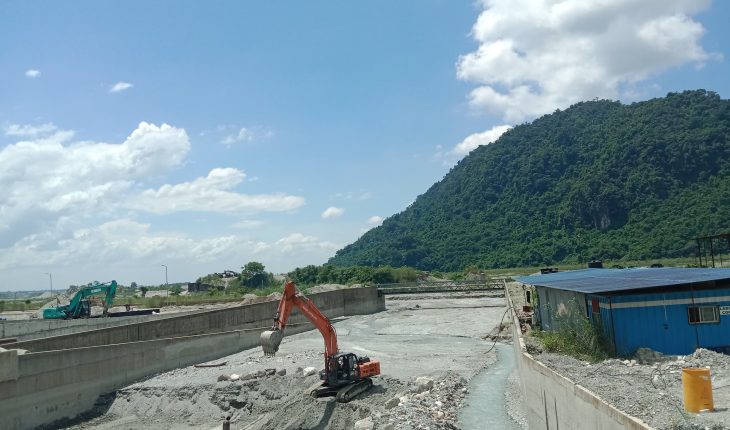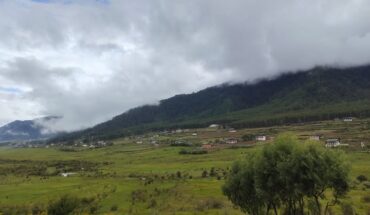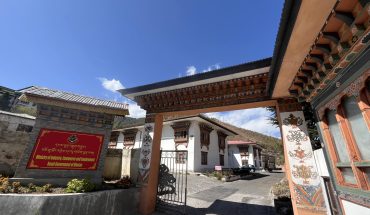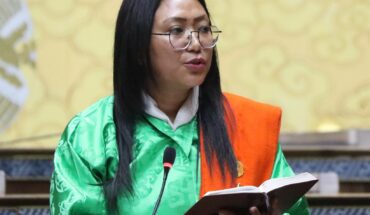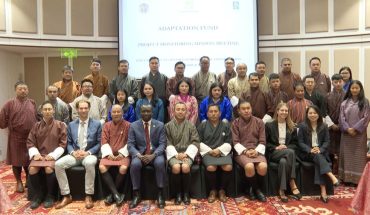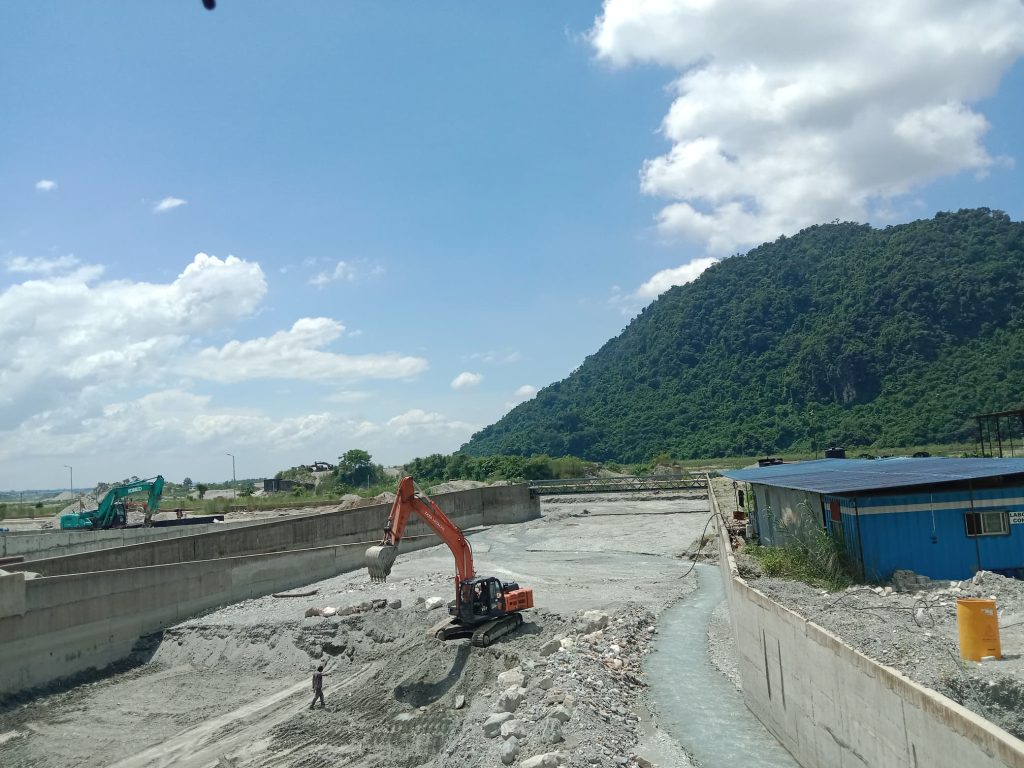
DAWA ZANGMO | Phuentsholing
The Phuentsholing Township Development Project (PTDP), one of Bhutan’s most ambitious urban development initiatives, continues to move forward despite delays and challenges posed by monsoon flooding and settlement issues.
Envisioned as a modern, resilient township along the Amochhu River, the project is designed to transform Bhutan’s busiest commercial gateway with improved urban infrastructure, housing, and flood protection.
The PTDP, managed by Druk Holding and Investments (DHI) with funding support from the Asian Development Bank (ADB), spans more than 157 acres under its first phase, known as Zone A. Future phases, covering Zones B, C, and D, will expand the township to nearly 684 acres.
The initial phase of the project focused heavily on river training and embankment works along a 4.5-kilometer stretch of the Amochhu River.
This involved constructing diaphragm walls, embankments, and other river training structures to mitigate the recurring threat of floods in Phuentsholing. Over 2.39 million cubic meters of earthwork were carried out in the process.
According to project officials, these measures have already reduced flood risks significantly.
A project engineer said, “The river training and embankment works have stabilized the Amochhu riverfront, which was a persistent threat to settlements and businesses in Phuentsholing.”
The first contract was awarded to AFCONS Infrastructure of India, and it was completed by late 2022. The second package of Zone A, which covers urban infrastructure, is currently underway.
This includes the development of essential services such as roads, sewerage, water supply, storm water drainage, firefighting systems, telecommunications, and pedestrian bridges.
The contract for this phase was awarded to the Kalika-Rigsar Joint Venture, with oversight from the Construction Development Corporation Limited (CDCL).
Progress reports indicate that as of mid-2025, about 85 percent of the work has been completed, with final delivery expected between August and December 2025.
Tshewang, project focal person, said, “Our focus has been to ensure the integration of smart and sustainable infrastructure, while also reserving more than 50 percent of the township’s area for green spaces such as parks, promenades, and sports facilities.”
The PTDP is based on new urbanism principles, emphasizing walkability, mixed-use precincts, and community spaces. Once completed, Zone A alone will feature nine urban precincts with a mix of residential and commercial developments.
Plans include 165 residential buildings, 30 mixed-use buildings, four commercial complexes, and five convention centers.
In addition, the township is designed to accommodate between 11,000 and 15,000 residents. Cultural integration has also been prioritized, with Bhutanese architectural elements incorporated into modern structures.
“The township has been envisioned as a model urban center that blends modernity with Bhutanese cultural aesthetics,” said a senior DHI planner.
The total cost of the project is estimated at USD 93 million. Of this, ADB is financing USD 81.5 million through a combination of loans and grants, while DHI is contributing USD 11.5 million as equity.
ADB has highlighted the project’s importance in strengthening urban resilience and promoting economic development in Bhutan’s southern commercial hub.
Despite steady progress, the project has encountered several challenges.
A key issue is the temporary shelter camp along the Amochhu riverbank, which occupies about 17 acres nearly 11 percent of Zone A land.
The presence of this settlement has hindered construction activities and slowed development timelines.
Additionally, recurring monsoon flooding has caused drainage blockages and infrastructure damage. In 2023 alone, Nu 3.5 million was spent to clear debris from storm drains.
A project manager added, “The monsoon rains continue to be a challenge, and combined with the settlement in Zone A, we are facing a three to four percent delay in the overall schedule.”
Governance and planning remain central to the PTDP’s long-term success. DHI is working closely with the Ministry of Infrastructure and Transport to align urban planning, land management, and service delivery.
Plans are being drawn to integrate township governance into the Phuentsholing Thromde once the initial phases are completed.
Standard Operating Procedures (SOPs), an Enterprise Resource Planning (ERP) system, and capacity-building initiatives are also being prepared to ensure a smooth transition.
Project Manager said, “The project will eventually be handed over to Phuentsholing Thromde, but before that we are ensuring the systems are in place to manage a township of this scale effectively.”
With Zone A nearing completion, attention is expected to shift to the subsequent phases of the project, which will cover much larger tracts of reclaimed land. However, funding, environmental factors, and relocation of settlements remain critical hurdles.
Despite these challenges, the PTDP is widely seen as a transformative urban development effort for Bhutan. By combining flood mitigation, modern infrastructure, and cultural preservation, the project aims to set a benchmark for future urban planning in the country.
As the deadline for Zone A approaches, the project team remains cautiously optimistic.
“We are committed to delivering a resilient, inclusive, and sustainable township that will benefit thousands of residents and businesses in Phuentsholing,” Project Manager said.

